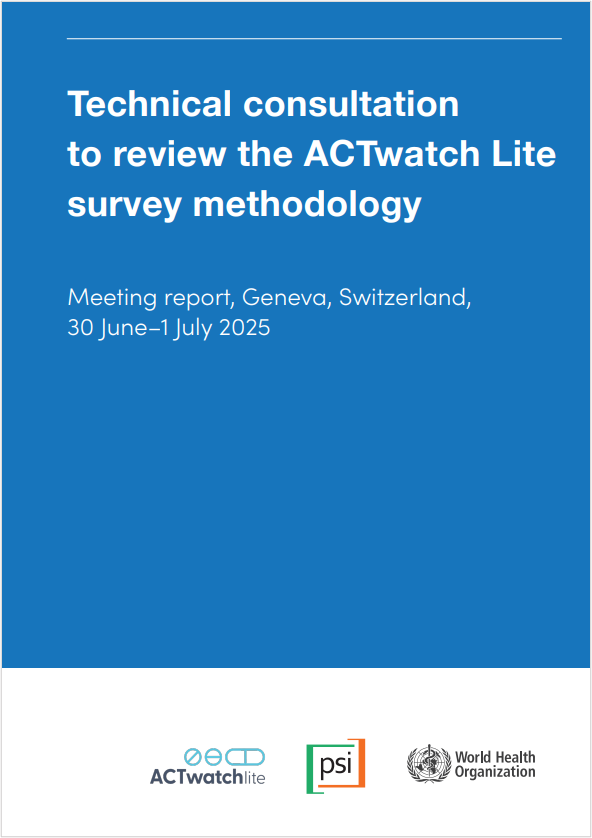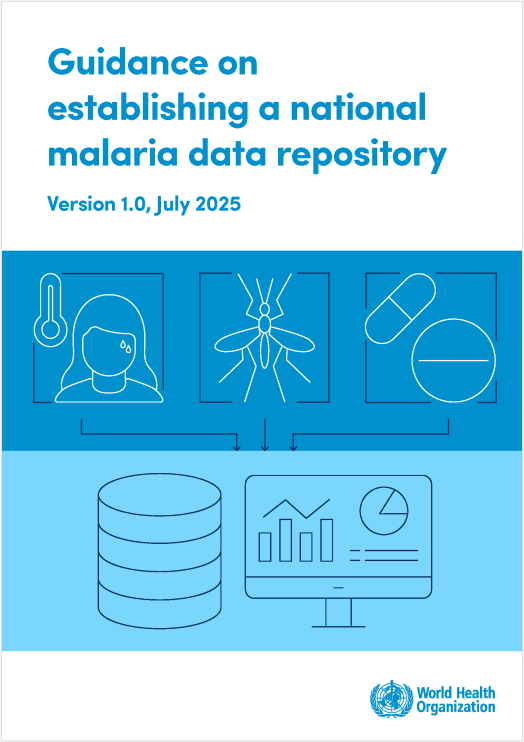Last Updated: 02/12/2024
Safety and immunogenicity of placental malaria vaccine PAMVAC variously adjuvanted
Objectives
EVI and its partners have been spearheading global efforts for the development of two promising VAR2CSA-derived PM vaccine candidates: PRIMVAC, developed by Inserm, (France) and PAMVAC, developed by the University of Copenhagen (Denmark). Both vaccine candidates use similar but complementary approaches and consist of a single recombinant protein comprising the placental binding region of VAR2CSA.
The objective of this clinical trial is to assess the safety and immunogenicity of the Placental Malaria Vaccine Candidate (PAMVAC) adjuvanted with alhydrogel, GLA-SE or GLA-LSQ in healthy malaria-naïve adults and healthy, lifelong malaria-exposed, nulligravid adult women.
EVI and its partners have been spearheading global efforts for the development of two promising VAR2CSA-derived PM vaccine candidates: PRIMVAC, developed by Inserm, (France) and PAMVAC, developed by the University of Copenhagen (Denmark). Both vaccine candidates use similar but complementary approaches and consist of a single recombinant protein comprising the placental binding region of VAR2CSA. Despite having developed robust acquired immunity against complications of malaria, women can return to a susceptible state during their first pregnancies and contribute significantly to the burden of severe malaria in highly endemic areas. Naturally acquired protection against placental malaria correlates with the presence of a high concentration of immunoglobulin G molecules (IgGs) against VAR2CSA, a parasite protein of the var gene family that is essential for the binding of infected erythrocytes to CSA in the placenta.
To induce high concentrations of specific IgGs, subjects will receive escalating doses of PAMVAC vaccine antigen adjuvanted with Alhydrogel, Glucopyranosyl Lipid Adjuvant-Stable Emulsion (GLA-SE), or Glucopyranosyl Lipid Adjuvant-Liposome-QS-21 Formulation (GLA-LSQ). Three injections with the same dosage and adjuvant will be done, each 28 days apart (Day 0, 28 and 56). Control subjects will receive physiological saline instead of the vaccine and dose escalation will be staggered to ensure safety during the trial.
Study type: Interventional
Enrollment: 66 participant
Primary purpose: Prevention
Allocation: Randomized
Interventional Model: Factorial assignment
Masking: Quadruple (Participant, Investigator, Care provider, Outcome assessor)
NCT number: NCT02647489
Phase: Phase I
May 2016 — Nov 2017
$4.17M


